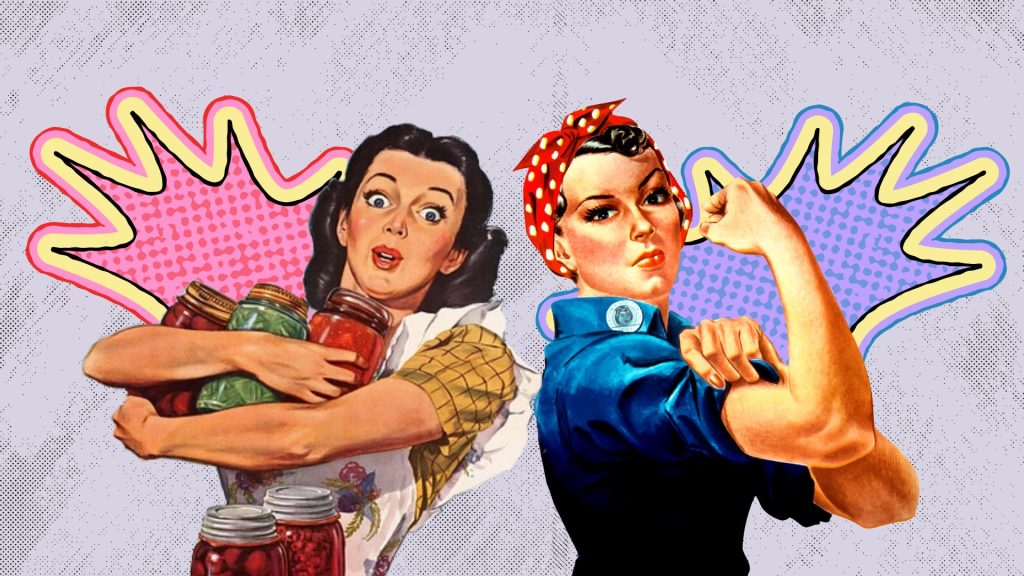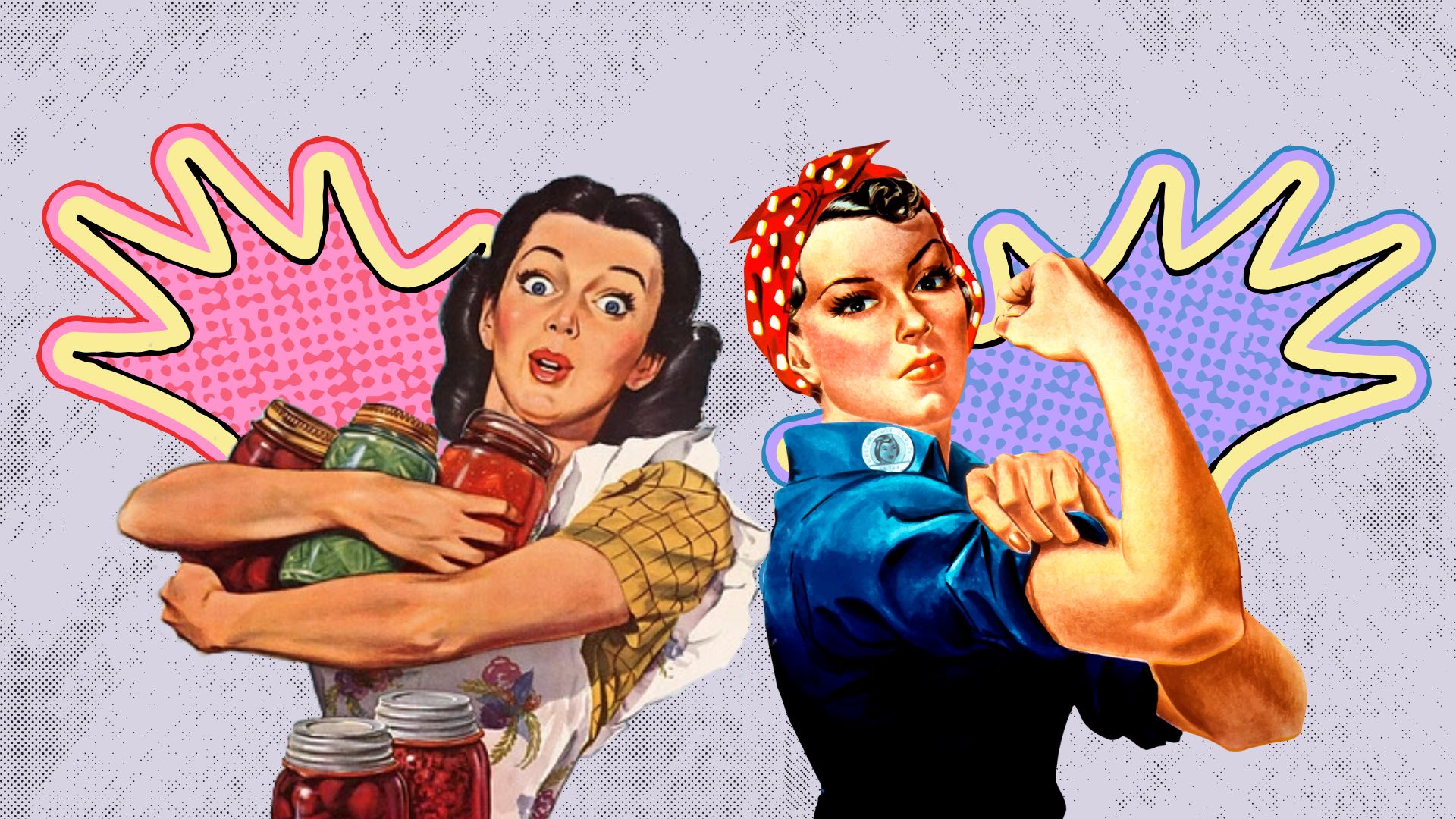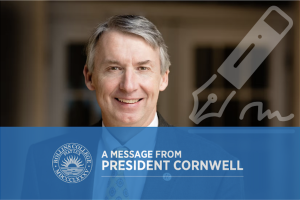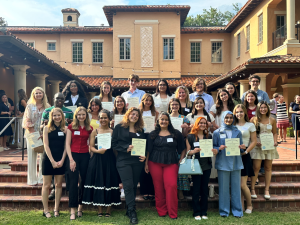
The 4B movement has gained recent widespread traction in the United States after the 2024 Presidential Election with many American women seeking this radical form of resistance to an increasingly conservative era in American politics.
While the precise origins of the movement are widely contended, the 4B movement rose to prominence in South Korea in 2016. This radical feminist movement is founded on 4 main tenants: no marriage to men (bihon), no childbirth (bichulsan), no dating men (biyeonsae), and no having sex with men (bisekseu).
The 4B movement was largely created as a response to the pro-natalist policies that encompass South Korea’s gender landscape. While birth rates tend to decline in the later stages of a country’s development, South Korea far exceeds other countries. As of 2023, South Korea had a fertility rate of 0.72, far below the 2.1 replacement rate to maintain a steady population.
To address the concerning rates, the South Korean government implemented a series of strategic plans to encourage an increase in births. The 3rd Plan for Ageing Society and Population in 2016 specifically focused on marriage as a means to increase the total fertility rate by encouraging early marriages with housing incentives.
“When I was in my twenties and thirties, I was confused about my desire,” said Jin-ah Kim, a South Korean feminist author. “Marriage was a means by which I tried to deal with my anxiety. But now I can say lucidly: what I wanted to have was not a husband, but an apartment.”
The 4B movement essentially provides a means for women to resist patriarchal control over their bodies and futures. This emphasis on marriage reinforces structures that make them economically vulnerable. In resisting and decentering men in their lives, they seek to focus on the self and reclaim their futures.
“When I was little, my goal was to graduate from college at the age of 24, work until I was 29 years old, and get married when I turned 30,” said Hyeonseo Lee, feminist author, in an editorial for a 4B feminist zine. “In other words, my desire would come to a dead end at the age of 29. It was not that I had no dreams. It’s just that I built up a wall called marriage there.”
Women were seen to have an “Expiry Date” when they turned 30; thus, by resisting engaging in any sort of heterosexual relationships, 4B women saw the movement as an act of reclamation.
As the movement spread globally, it found particular resonance in the United States, where many self-proclaimed feminists connected with this separation from the patriarchy and prioritization of feminine relationships.
This concept is not novel and is quite similar to political lesbianism that encompassed the feminist sphere in the 1960s and 1970s. This ideology saw sexuality as a choice and encouraged heterosexual women to choose to slowly engage in queer relationships as a political stance against the patriarchy.
This ideology, much like the current iteration of the 4B movement, has received significant criticism by feminists. The 4B movement largely adheres to this binary understanding of gender expression; thus, it often can fall into ideas that reinforce transphobia.
While South Korea is a historically homogenous country with less acceptance of the queer community, the United States is vastly more diverse and requires a greater level of intersectionality.
It implies the act of sex is inherently oppressive and that women are not capable of desiring such relationships.
The Tradwife Response
Some women even may resent the suggestion that marriage is a restrictive and limiting desire for the future. Such is what many tradwives use to contest those who see their lifestyle as reductive.
Many on this side raise the question: If feminism gives women the freedom to make choices, why can’t they make the choice to return to traditional gender roles?
The tradwife movement rose to a new height in 2020, drawing on this romanticization of 1950s American culture.
Tradwives, as defined by popular tradwife influencer Estee Williams, believe that women “should submit to their husbands and serve their families.” Tradwives wish to return to these more traditional domestic roles as they “believe their purpose is to be homemakers.”
Now, this is not to be confused with a stay-at-home mom. While many tradwives are also stay-at-home moms, it is not a requirement. This tradwife lifestyle taps into a fundamentalist view of the nuclear family.
This is why many tradwife creators are heavily faith-based, often claiming to convey a sense of biblical womanhood.
Tradwife influencer Jasmine Dinis expressed in a post her thoughts on the role of the Christian woman in the tradwife counterculture.
“I find it super interesting that women often face more health problems related to work, like carpal tunnel syndrome, respiratory issues, and stress, according to what I found on the government’s website,” said Dinis. “I believe that God made women for home life, not necessarily for jobs. Men, with more testosterone, seem better suited for work.”
Many Christian women criticize the commodified depictions of a biblical lifestyle and question the credibility of these influencers.
The economics of the tradwife movement, however, reveal perhaps the staunchest rift between participants and their watchers. While influencers showcase pristine farmhouse kitchens on acres of land, the reality of single-income households becomes increasingly unattainable for many Americans.
The tradwife lifestyle requires wives to be financially dependent on their husbands, which worries many critics of the movement.
The content itself sells a very unrealistic fantasy of the lifestyle. Tradwife influencers carefully craft curated content to latch on to the desires of an unstable American public. They monopolize these lifestyles through brand partnerships and courses teaching you how to live like them—all while promoting a lifestyle that ostensibly rejects such entrepreneurial pursuits.
The tradwife lifestyle is an unattainable form of luxury domesticity dressed in the gaze of traditional 1950s domestic bliss.
The Role of Social Media in Extremist Movements
Tradwife ideology, like the 4B movement, can often turn extremist.
Eviane Leidig, research specialist on online extremism and digital policy, has looked specifically at how the incel—or involuntary celibate—movement exists on the opposite end of tradwives. Tradwives, like this “incel manosphere,” thrive on far-right ideology and anti-feminist beliefs.
“The black-and-white narrative of these extreme movements simplifies an increasingly complex world, one that is easy to retreat into through chat rooms and algorithmic recommendations,” said Liedig. “The nostalgia for a mythic past in which gender norms are dictated by a clear division of labor, or the reinforcement of social status according to biological masculinity and femininity, becomes appealing.”
Algorithms are particularly complicit in driving people down these more extreme pipelines.
A study done by Media Matters for America coded and analyzed 327 recommended videos generated by TikTok’s “For You” page after engaging with tradwife content. The results found that nearly a third of the generated content comprised far-right conspiracy theory or fear-mongering content.
The nature of these algorithms force users down rabbit holes that reinforce these extremist positions.
Influencers themselves benefit financially from this polarization of extremes. Not only are they able to draw in large, like-minded communities in their respective spheres, but they also gain significant attention from the people on the opposite side of the debate.
In an interview with CNN, Ju Hui Judy Han, an assistant professor in gender studies at the University of California, Los Angeles, discussed the spread of the 4B movement to the United States.
“I think a lot of American women are trying to find ways to seek empowerment and find a way to survive,” said Han. “And I hope what they find is not necessarily a particular movement like the 4B movement, but a recognition that struggles for reproductive justice and gender equality are certainly not just American concerns.”
The tradwife and 4B movement are far from novel movements and will not be the last iteration by any means. The polarization in these online approaches to defining femininity highlight a strong rift in the American political sphere.
As social media continues to amplify these opposing ideologies, they reveal a deeper struggle over the definition of feminine autonomy in the modern world. Whether rejecting or embracing traditional gender roles, both movements ultimately reflect women’s ongoing negotiation with power, choice, and identity in an increasingly polarized digital age.
The opinions on this page do not necessarily reflect those of The Sandspur or Rollins College. Have any additional tips or opinions? Send us your response. We want to hear your voice.

















Comments are closed.